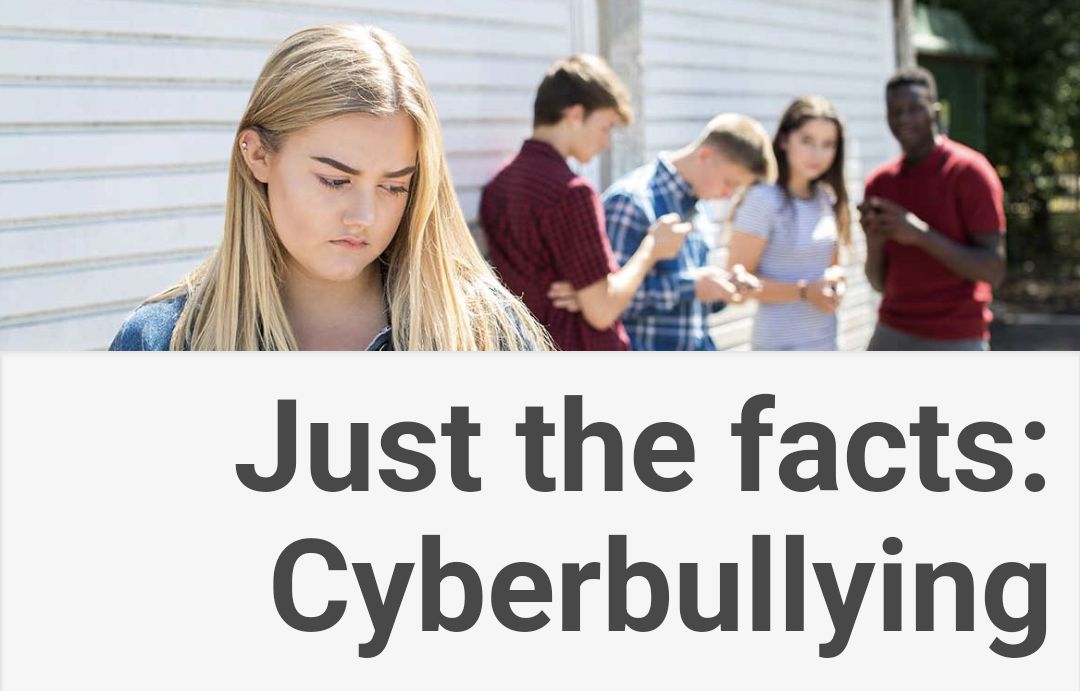**** RCMP Media Release

Thirty per cent of young Canadians have reported being cyberbullied. Credit: Shutterstock
Social media sites and text messaging have allowed taunts to enter cyberspace and follow victims everywhere they have their phone.
- What is it?
-
- Cyberbullying involves using computers, smartphones or other connected devices to embarrass, hurt, mock or threaten someone online. It can be anonymous and follow a victim everywhere, 24 hours a day, seven days a week
- Instances of cyberbullying include someone posting an embarrassing photo of someone else, breaking into someone else’s social media account and pretending to be them, and using information found online to harass an individual at home, school or work
- It can also take the form of gossip, exclusion, impersonation, stalking, threatening and trickery such as fooling someone into revealing secrets that are then shared
- Canadian students reported the most common type of cyberbullying is name-calling
Who’s affected?
- Thirty-one per cent of Canadian youth say they’ve been cyberbullied before
- Research finds that most cyberbullies and victims know each other
- About 50 per cent of youth and 30 per cent of parents say they have witnessed cyberbullying directed at someone else
- Sixty-five per cent of youth say that they would tell a friend over a parent if they were being cyberbullied. They often fear their devices will be taken away if they tell their parents, and many don’t feel that reporting cyberbullying is effective
What are the effects?
- Cyberbullying can have a range of effects on a victim, including shame, anxiety, poor concentration, feelings of hopelessness and even self-harm. Cyberbullies can also face the consequences of their actions and may be at risk of relationship problems, substance use or criminal behaviour
- Signs a young person may be a victim of cyberbullying include:
- Changes to the amount of time they spend online
- Being secretive about their online activities
- Appearing sad, frustrated or angry more than usual
- Having trouble sleeping or eating
- Lower grades or skipping school
- Detachment from family and friends
- Both cyberbullying victims and cyberbullies are twice as likely as their peers to attempt suicide
- Trying to stop cyberbullying has been found to significantly reduce the number of times it happens. Approximately 15 to 35 per cent of youth confront their cyberbullies and ask them to stop
- Nearly 75 per cent of parents say cyberbullying stopped after they took action
What’s the law?
- While less than 20 per cent of cyberbullying incidents are reported to police, some actions are illegal and are considered offences under the Criminal Code. These include:
- Criminal harassment such as texts, phone calls or emails that cause the other person to fear for their safety
- Child pornography including viewing, keeping and sharing intimate photos and videos of minors under the age of 18
- Sharing an intimate image knowing that the person depicted did not consent
- Uttering threats and extortion such as threatening to share someone’s personal information to others if they don’t do as told
- Identity theft and fraud such as creating a fake online profile to ruin someone’s reputation
- Defamatory libel including spreading rumours about someone to hurt their reputation or cause others to treat them badly
If you’re experiencing cyberbullying, you can take action:
- Do not respond to the texts or messages
- Screenshot messages to keep on record
- Block the user
- Adjust your privacy settings
- Report the behaviour through the social media site, to your teachers, your parents or guardians, or another trusted adult
- Talk to someone you trust
Where to find help and resources?
- RCMP Centre for Youth Crime Prevention
- Kids Help Phone
1-800-668-6868 - Canadian Centre for Child Protection
NeedHelpNow.ca
Cybertip.ca - Canadian Red Cross
Violence and Abuse Prevention (redcross.ca) - Public Safety Canada
Cyberbullying – canada.ca



